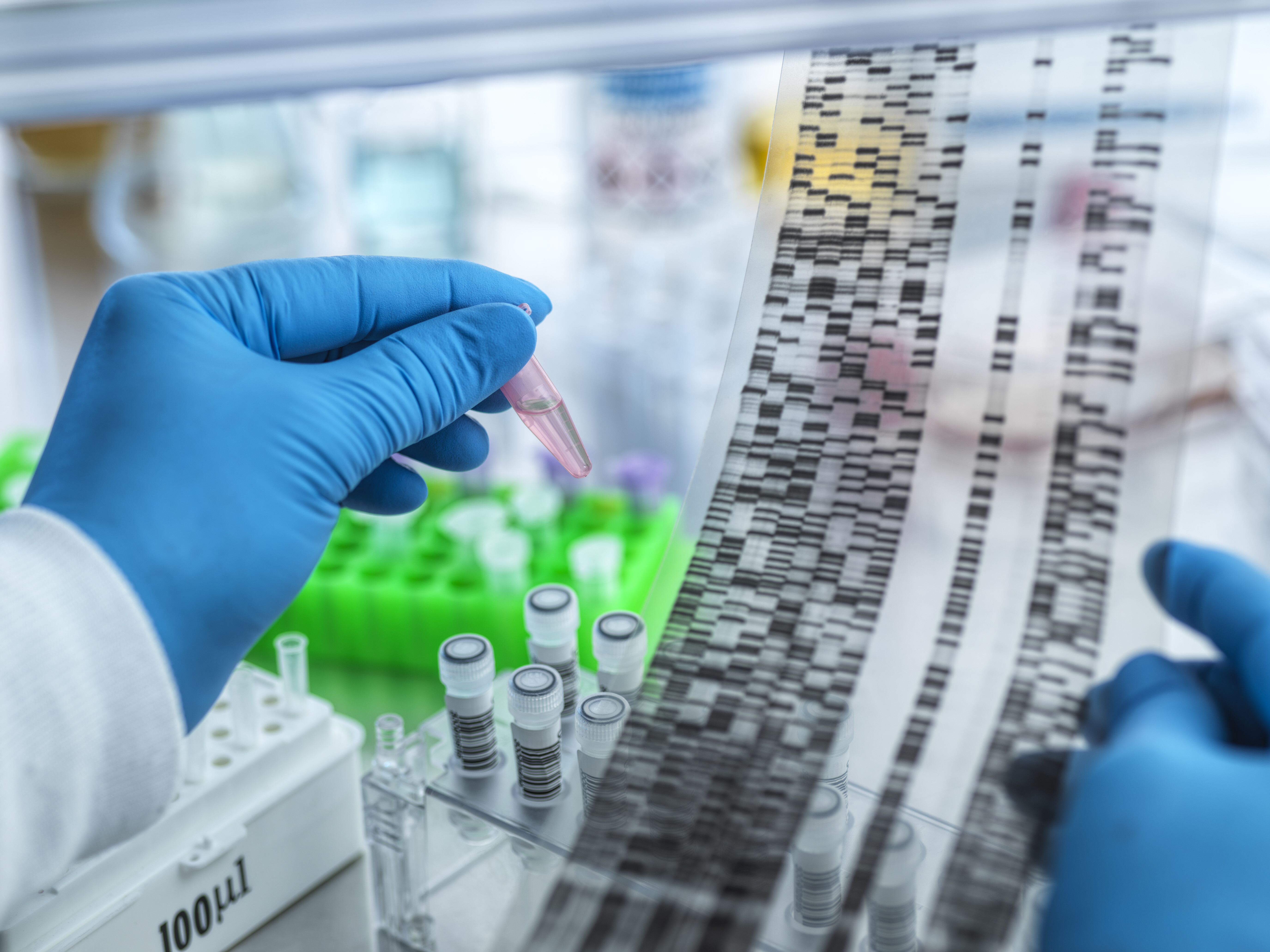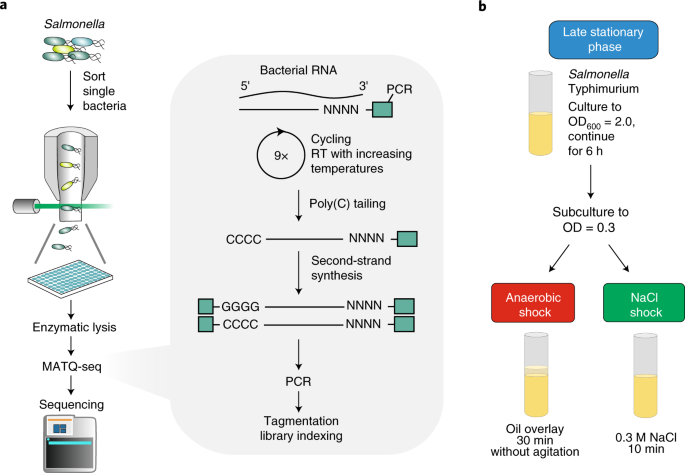In the expanding field of single-cell technologies, the application of single-cell RNA sequencing (scRNA-seq) to bacterial systems has long been a technical frontier. Unlike their eukaryotic counterparts, bacterial cells present a complex set of barriers for single-cell transcriptomic profiling, including the absence of polyadenylated RNA, extremely low mRNA abundance, and a robust cell wall structure that resists lysis. Today, the development of a robust bacterial scRNA-seq protocol represents a significant methodological advancement, enabling high-throughput, high-resolution analysis of bacterial gene expression at the single-cell level.
This protocol paves the way for analyzing population heterogeneity, phenotypic variation, and stress responses in microbiology research. In this blog post, we’ll explore the technical background, methodological breakthroughs, and practical implications of this protocol for scientific research, biotechnology applications, and academic investigations.



